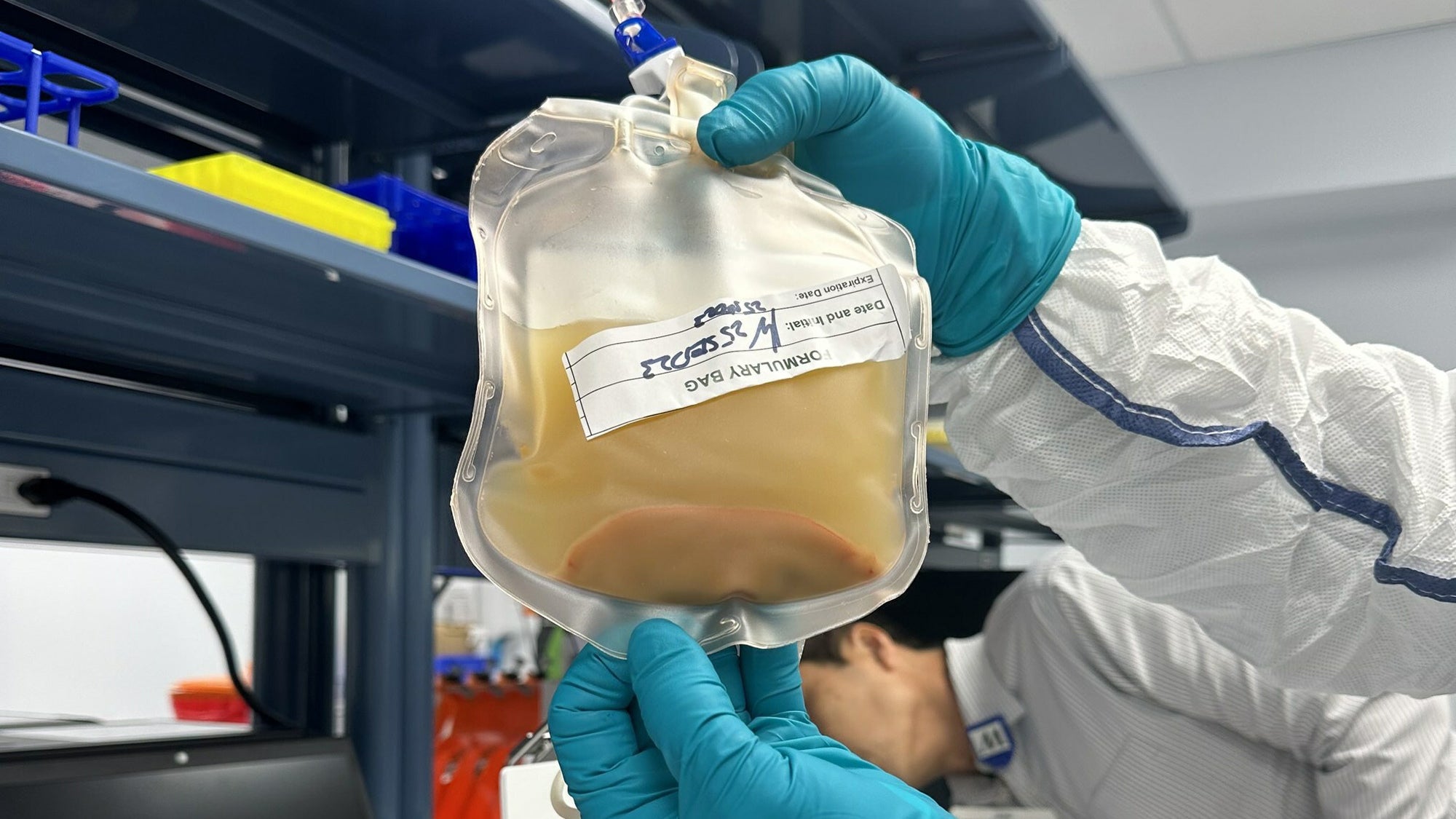A team of scientists is trying to grow a new liver inside a person using lymph nodes. While this sounds like science fiction, Pittsburgh-based biotech company LyGenesis announced that a volunteer received an injection of liver cells from a living donor that could turn one of their lymph nodes into a second, functioning liver.
The experimental procedure took place in Houston on March 25. It is part of a phase 2a clinical trial that will test this treatment in 12 adults who have end-stage liver disease (ESLD). This disease occurs when the liver is irreparably damaged, mainly due to chronic liver disease or acute liver failure. Over 50,000 Americans die from chronic liver disease each year.
Patients with ESLD usually need a liver transplant, but approximately 10,000 people are currently on the waiting list in the United States alone. A record 9,234 liver transplants were performed in the U.S. in 2021, according to the federal government’s Scientific Registry of Transplant Recipients. LyGensis hopes this procedure will create enough liver tissue to grow so patients won’t need a transplant.
[Related: Swiss researchers kept a donor liver healthy for a remarkable 68 hours.]
“This therapy will potentially be a remarkable milestone in regenerative medicine by helping ESLD patients grow new functional ectopic livers in their own body,” LyGenesis co-founder and CEO Dr. Michael Hufford said in a statement. “If our study is successful and we receive FDA approval, our allogeneic cell therapy could enable a single donated liver to treat many tens of ESLD patients, which could help tip the current imbalance between organ supply and demand in favor to patients.”
The technique has been in development for more than a decade. He takes liver cells, or hepatocytes, from the donated organ and injects them into lymph nodes located throughout the body. In the lymph nodes, the liver cells hopefully divide, grow, and develop blood vessels. It targets a group of lymph nodes in the abdomen that are connected to the liver by a system of veins.
According to MIT Technology Review, LyGenesis tested their approach in mice and pigs, finding that the cells could thrive and form an extra liver that would take over the function of an animal’s non-functioning organ. LyGenesis chief scientific officer and University of Pittsburgh pathologist Dr. Eric Lagasse published a study in 2020 that found pigs recovered liver function after the injections. They also noted that the more severe the damage to the pig’s original liver, the larger the second livers grew. The pig’s body may be able to recognize the healthier tissue and give the new liver more responsibilities.
In the trial procedure, doctors passed a thin, flexible tube down the end of the patient’s throat through the digestive tract, according to With cable. They then used ultrasound to identify one of the target lymph nodes and put 50 million hepatocytes into it.
[Related: Surgeons complete first-ever gene-edited pig kidney transplant.]
“LyGenesis’ cell therapy platform represents a truly remarkable potential commercial opportunity and could be transformative for chronic liver failure patients who do not have access to a donor liver,” LyGenesis investor Justin Briggs of Prime Movers Lab said in a statement. “Their use of endoscopic ultrasound as a low-risk and low-cost route to administer cell therapy is another way this pioneering technology can provide patients with access to life-saving therapies and address complex medical challenges, revolutionizing transplant medicine.”
The results won’t be available for several months, and the team will monitor how many cells are needed to develop a liver that is large enough to filter blood and produce bile. If it works, it could mean a big change in the treatment of liver disease, which affects an estimated 4.5 million people in the United States.

